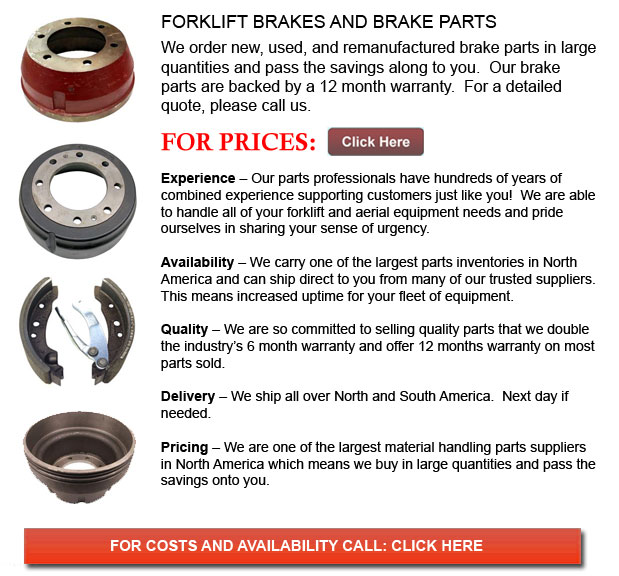
Forklift Brakes - A brake drum is where the friction is provided by the brake pads or brake shoes. The shoes or pads press up against the rotating brake drum. There are several other brake drums kinds together with certain specific differences. A "break drum" would generally refer to whenever either shoes or pads press onto the inner surface of the drum. A "clasp brake" is the term utilized so as to describe when shoes press against the outside of the drum. One more type of brake, called a "band brake" makes use of a flexible belt or band to wrap all-around the outside of the drum. Whenever the drum is pinched in between two shoes, it could be called a "pinch brake drum." Like a typical disc brake, these kinds of brakes are rather uncommon.
Early brake drums, prior to the year 1995, needed to be consistently modified so as to compensate for wear of the shoe and drum. "Low pedal" can result if the needed modifications are not done sufficiently. The vehicle could become hazardous and the brakes can become useless if low pedal is mixed together with brake fade.
There are some various Self-Adjusting systems used for braking obtainable nowadays. They can be classed into two individual categories, the RAD and RAI. RAI systems are built in systems which help the device recover from overheating. The most well known RAI makers are AP, Bendix, Lucas, and Bosch. The most famous RAD systems include Ford recovery systems, Volkswagen, VAG, AP and Bendix.
Self-adjusting brakes normally make use of a mechanism which engages just if the motor vehicle is being stopped from reverse motion. This stopping technique is acceptable for use where all wheels use brake drums. The majority of vehicles now make use of disc brakes on the front wheels. By operating only in reverse it is less probable that the brakes would be adjusted while hot and the brake drums are expanded. If adapted while hot, "dragging brakes" can occur, which raises fuel expenditure and accelerates wear. A ratchet tool which becomes engaged as the hand brake is set is one more way the self repositioning brakes may work. This means is only appropriate in applications where rear brake drums are used. Whenever the emergency or parking brake actuator lever exceeds a certain amount of travel, the ratchet improvements an adjuster screw and the brake shoes move toward the drum.
There is a manual adjustment knob located at the base of the drum. It is usually adjusted via a hole on the other side of the wheel and this involves getting underneath the vehicle with a flathead screwdriver. It is of utmost importance to move the click wheel properly and modify every wheel evenly. If unequal adjustment occurs, the vehicle may pull to one side during heavy braking. The most effective method so as to make certain this tiresome task is accomplished safely is to either raise every wheel off the ground and hand spin it while measuring how much force it takes and feeling if the shoes are dragging, or give each one the same amount of manual clicks and then do a road test.
![]() Click to Download the pdf
Click to Download the pdf
Forklift Parts
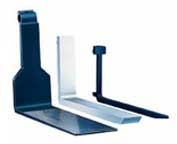
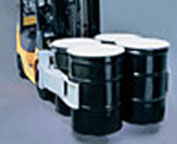
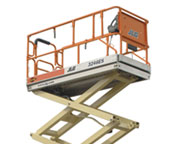
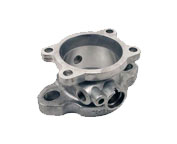
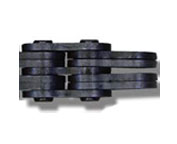
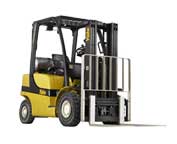
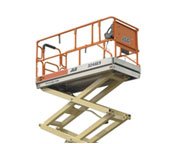
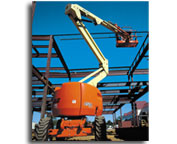
Lift Parts Express
TOLL FREE: 1-888-695-7994
LOCAL: 253-328-8027
2522 N PROCTOR 127
Tacoma, Washington
forkliftpartstacoma.com
Email Us
About Us


